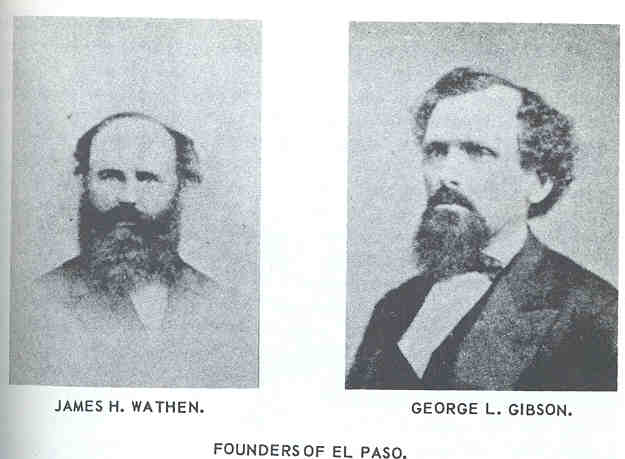
James H. Wathen. George L. Gibson.
Records of the land office showed the two promoters that four soldiers of the War of 1812 had a prior right to patent the land should they care to do so and pay the first taxes;3 they had not done so and Wathen and Gibson purchased their releases.
There is usually a routine entry on the record following the soldier's name, stating: "with evidence that the same has been duly located upon the above described land." Actually, almost none of these soldiers ever saw the land they were entitled to own.4 Some came out west and tried to find it and gave up in disgust as they viewed the
limitless prairie. They usually signed away their rights to this worthless western land for a saddle or a gun; rarely was the eighty acres assigned to a land speculator or homesteader for as much as a good riding horse.
Wathen, although usually nicknamed the Major, had no war service. He got a clear and valid assignment from former soldiers Brumfield and Wells, but Gibson ran into trouble on the land assigned him by old militiamen Davis and Sadler, and had to pay $300 to get a warranty from Samuel and Mary Camp of Marshall County on March 7, 1854, clear his title.5 The Camps were not homesteaders, and lived in Henry where Gibson had his lumber business.
Page 45